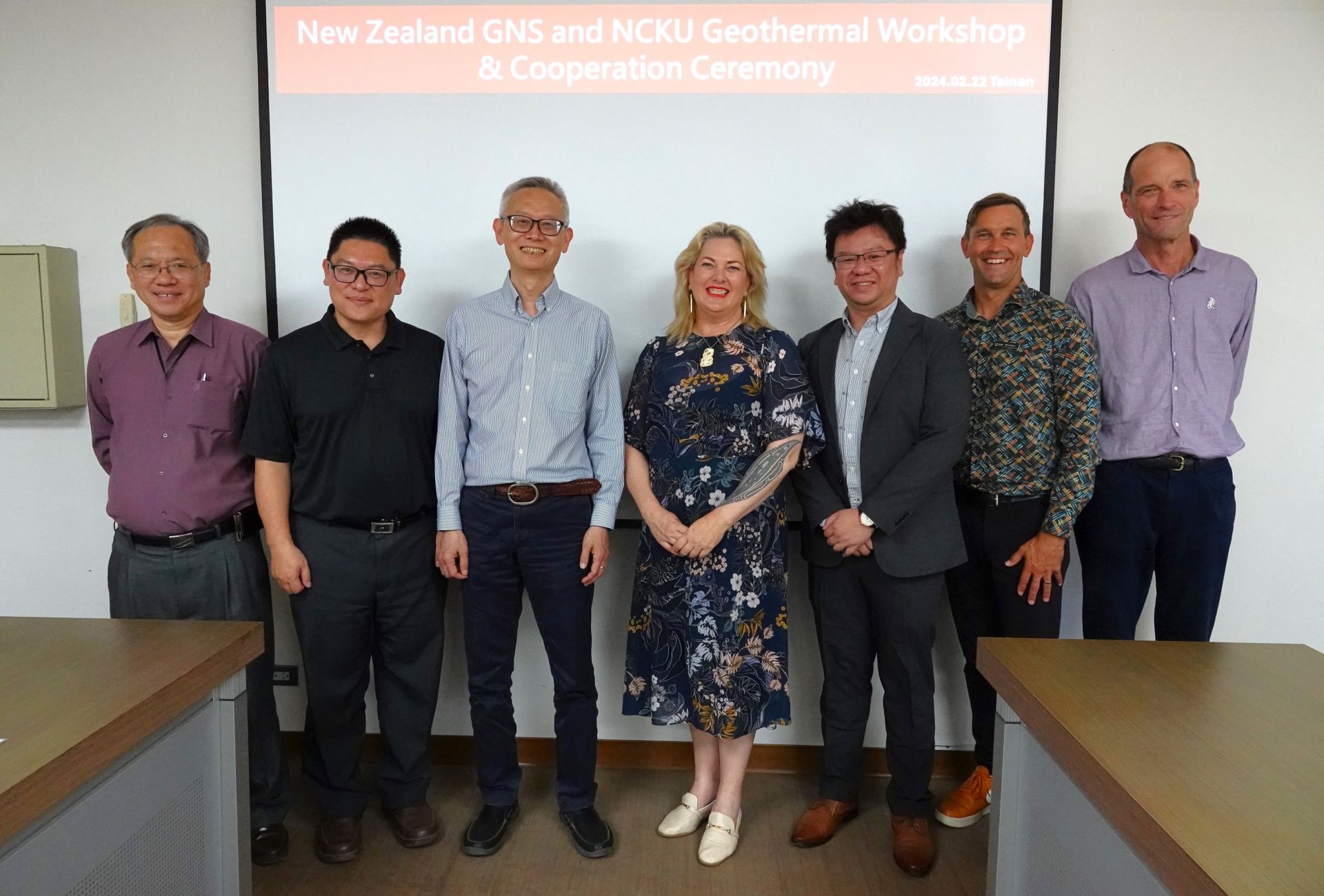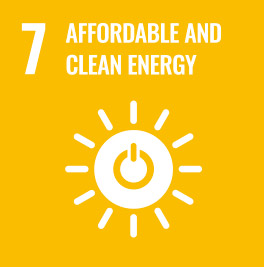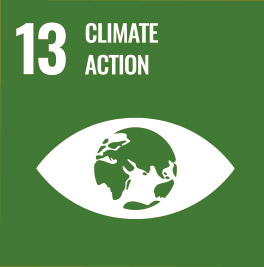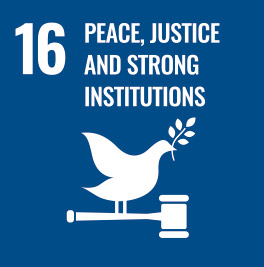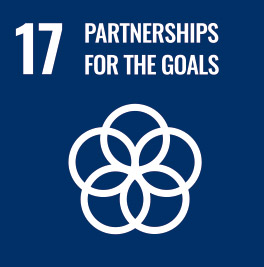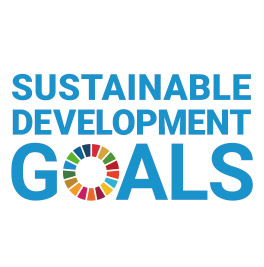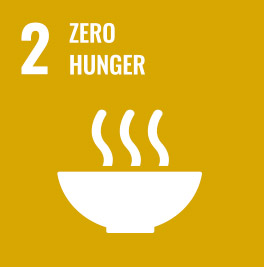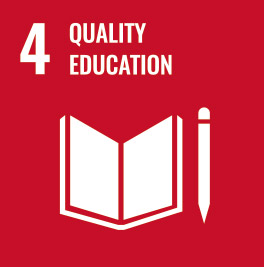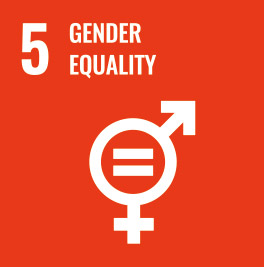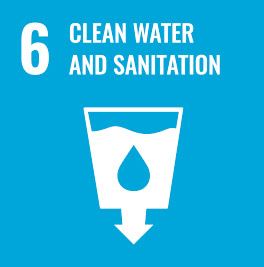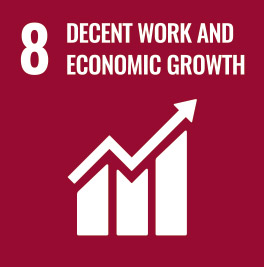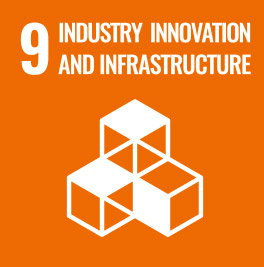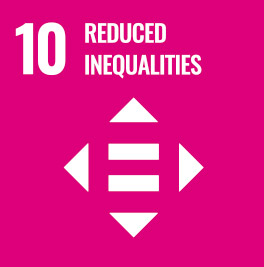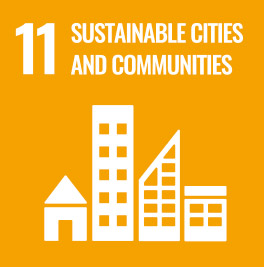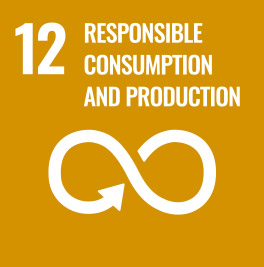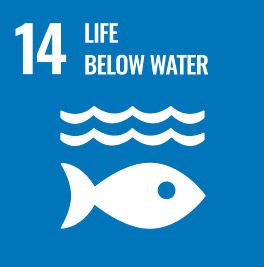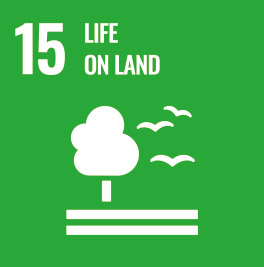In response to the challenges of achieving net-zero carbon emissions by 2050 and transforming the power sector, Professor Hsiao-Wen Wang of National Cheng Kung University’s Department of Hydraulic and Ocean Engineering led her research team to release the report “Energy Transition Pathways for Minimal Conflict and Maximum Consensus: Taiwan’s Integrated Resource Planning Guidelines for the Power Sector” (referred to as the Full-Resource IRP) on September 19. This is Taiwan’s first integrated resource planning framework with concrete operational guidance, combining scientific data and social participation to open a new chapter in energy governance.
During an online press conference co-hosted by NCKU and the Taiwan Science Media Center on the morning of September 19, Professor Wang emphasized that the power sector is central to the net-zero transition. Taiwan has already moved past the first-generation planning mindset of relying solely on “supply resources.” Today, complex factors such as environmental awareness, climate crises, and land-use conflicts must be incorporated into planning. She explained that the Full-Resource IRP process consists of four stages and ten steps. Using the 2030 carbon reduction targets as a reference, over 50 modeling simulations were conducted, culminating in three key scenarios—optimistic, pragmatic, and pessimistic—for society to evaluate the potential outcomes of different policy paths. “The purpose of simulation is not to produce a single answer but to show society all possibilities, thereby helping to identify the greatest consensus.”
Professor Grace Wu from the University of California, Santa Barbara shared California’s experience, noting that the core of California’s IRP is transparency and full stakeholder engagement. From land selection to generation portfolio modeling, all information is publicly available, coordinated and overseen by the Public Utilities Commission. She emphasized that IRP is a “learning-by-doing” iterative process that helps policymakers, businesses, and citizens develop shared understanding amid the uncertainties of energy transition pathways.
Nien-Mien Chung, Director of Taiwan Power Company’s Institute of Comprehensive Research, stated that as the proportion of renewable energy increases, the power system is shifting from a traditional centralized model to a decentralized one. Consequently, planning must move from unidirectional demand fulfillment to supply-demand coordination. He believes that the Full-Resource IRP can help society reach consensus on power prioritization and planning, enhancing transparency and efficiency, though it still faces challenges in cross-departmental data integration and institutional alignment.
In the afternoon, an in-person presentation and forum were held, beginning with a session titled “Institutional Implementation and Technical Dialogue,” which continued the key observations from the morning press conference. Professor Wang noted that the northern and eastern grids face risks of regional concentration, which can be mitigated by appropriately including system correction options. She also highlighted the low self-sufficiency of renewable energy in northern Taiwan, suggesting that regional electricity pricing could be considered, and stressed that stakeholder participation must be incorporated into the planning process. Experts including Min-Tsung Lin (NTU), Le-Jen Chang (NCKU), Nien-Mien Chung (TPC), Hsin-Chih Lai (Chang Jung Christian University), Hsing-Sheng Tai (National Dong Hwa University), and Chia-Wei Chao (NTU) offered multi-faceted perspectives on long-term research, public participation, supply-demand integration, information transparency, and responsibility sharing. They emphasized that the Full-Resource IRP is not merely a technical tool but requires education and societal dialogue to gradually build trust, establish shared data and accountability mechanisms, and achieve “minimal regret” solutions balancing carbon reduction and costs, overcoming the disconnect between current electricity pricing and supply-demand reporting.
The second forum session focused on the challenges and opportunities of aligning the Full-Resource IRP with administrative systems. The session was opened by Wei-Chieh Lai, Chair of the Green Citizen Action Alliance, who candidly stated that energy transition is difficult, but failing to implement IRP will only exacerbate problems. Experts including Tzu-Yuan Chao (NCKU), Hsiang-Wei Yu (Bureau of Energy), Kun-Hong Chen (Rayho Holdings), Tzu-Lun Lin (Executive Yuan Energy and Carbon Reduction Office), and Ching-Ting Huang (Earth Citizens Foundation) offered further recommendations from perspectives such as national land planning, supply-demand reporting, cross-department collaboration, local energy solutions, and corporate responsibility. Policy recommendations included integrating energy demand into national and urban planning, strengthening cross-department data integration, and considering context-specific energy options and emerging mechanisms to enhance local resilience. Corporations can also demonstrate equitable energy transition by procuring green electricity and supporting sustainable agriculture. The discussion highlighted key challenges in Taiwan’s energy governance: how to balance sustainability and fairness in institutional design, responsibility allocation, and multi-stakeholder participation, reinforcing the Full-Resource IRP’s role as a platform for societal communication and policy implementation.
Despite existing institutional constraints in Taiwan, implementing the Full-Resource IRP faces challenges. Professor Wang suggested that the National Power Resource Supply and Demand Report, which inventories Taiwan’s electricity resources, should incorporate the Full-Resource IRP framework and process, with regular tracking of planning outcomes, as an important first step in launching the initiative. Overall, the Full-Resource IRP represents not just data and modeling but also the crystallization of societal dialogue and institutional design. The release of these guidelines not only marks a new milestone in Taiwan’s energy governance but also provides a crucial reference for policymakers, researchers, and industry stakeholders to advance sustainable power development.
During an online press conference co-hosted by NCKU and the Taiwan Science Media Center on the morning of September 19, Professor Wang emphasized that the power sector is central to the net-zero transition. Taiwan has already moved past the first-generation planning mindset of relying solely on “supply resources.” Today, complex factors such as environmental awareness, climate crises, and land-use conflicts must be incorporated into planning. She explained that the Full-Resource IRP process consists of four stages and ten steps. Using the 2030 carbon reduction targets as a reference, over 50 modeling simulations were conducted, culminating in three key scenarios—optimistic, pragmatic, and pessimistic—for society to evaluate the potential outcomes of different policy paths. “The purpose of simulation is not to produce a single answer but to show society all possibilities, thereby helping to identify the greatest consensus.”
Professor Grace Wu from the University of California, Santa Barbara shared California’s experience, noting that the core of California’s IRP is transparency and full stakeholder engagement. From land selection to generation portfolio modeling, all information is publicly available, coordinated and overseen by the Public Utilities Commission. She emphasized that IRP is a “learning-by-doing” iterative process that helps policymakers, businesses, and citizens develop shared understanding amid the uncertainties of energy transition pathways.
Nien-Mien Chung, Director of Taiwan Power Company’s Institute of Comprehensive Research, stated that as the proportion of renewable energy increases, the power system is shifting from a traditional centralized model to a decentralized one. Consequently, planning must move from unidirectional demand fulfillment to supply-demand coordination. He believes that the Full-Resource IRP can help society reach consensus on power prioritization and planning, enhancing transparency and efficiency, though it still faces challenges in cross-departmental data integration and institutional alignment.
In the afternoon, an in-person presentation and forum were held, beginning with a session titled “Institutional Implementation and Technical Dialogue,” which continued the key observations from the morning press conference. Professor Wang noted that the northern and eastern grids face risks of regional concentration, which can be mitigated by appropriately including system correction options. She also highlighted the low self-sufficiency of renewable energy in northern Taiwan, suggesting that regional electricity pricing could be considered, and stressed that stakeholder participation must be incorporated into the planning process. Experts including Min-Tsung Lin (NTU), Le-Jen Chang (NCKU), Nien-Mien Chung (TPC), Hsin-Chih Lai (Chang Jung Christian University), Hsing-Sheng Tai (National Dong Hwa University), and Chia-Wei Chao (NTU) offered multi-faceted perspectives on long-term research, public participation, supply-demand integration, information transparency, and responsibility sharing. They emphasized that the Full-Resource IRP is not merely a technical tool but requires education and societal dialogue to gradually build trust, establish shared data and accountability mechanisms, and achieve “minimal regret” solutions balancing carbon reduction and costs, overcoming the disconnect between current electricity pricing and supply-demand reporting.
The second forum session focused on the challenges and opportunities of aligning the Full-Resource IRP with administrative systems. The session was opened by Wei-Chieh Lai, Chair of the Green Citizen Action Alliance, who candidly stated that energy transition is difficult, but failing to implement IRP will only exacerbate problems. Experts including Tzu-Yuan Chao (NCKU), Hsiang-Wei Yu (Bureau of Energy), Kun-Hong Chen (Rayho Holdings), Tzu-Lun Lin (Executive Yuan Energy and Carbon Reduction Office), and Ching-Ting Huang (Earth Citizens Foundation) offered further recommendations from perspectives such as national land planning, supply-demand reporting, cross-department collaboration, local energy solutions, and corporate responsibility. Policy recommendations included integrating energy demand into national and urban planning, strengthening cross-department data integration, and considering context-specific energy options and emerging mechanisms to enhance local resilience. Corporations can also demonstrate equitable energy transition by procuring green electricity and supporting sustainable agriculture. The discussion highlighted key challenges in Taiwan’s energy governance: how to balance sustainability and fairness in institutional design, responsibility allocation, and multi-stakeholder participation, reinforcing the Full-Resource IRP’s role as a platform for societal communication and policy implementation.
Despite existing institutional constraints in Taiwan, implementing the Full-Resource IRP faces challenges. Professor Wang suggested that the National Power Resource Supply and Demand Report, which inventories Taiwan’s electricity resources, should incorporate the Full-Resource IRP framework and process, with regular tracking of planning outcomes, as an important first step in launching the initiative. Overall, the Full-Resource IRP represents not just data and modeling but also the crystallization of societal dialogue and institutional design. The release of these guidelines not only marks a new milestone in Taiwan’s energy governance but also provides a crucial reference for policymakers, researchers, and industry stakeholders to advance sustainable power development.
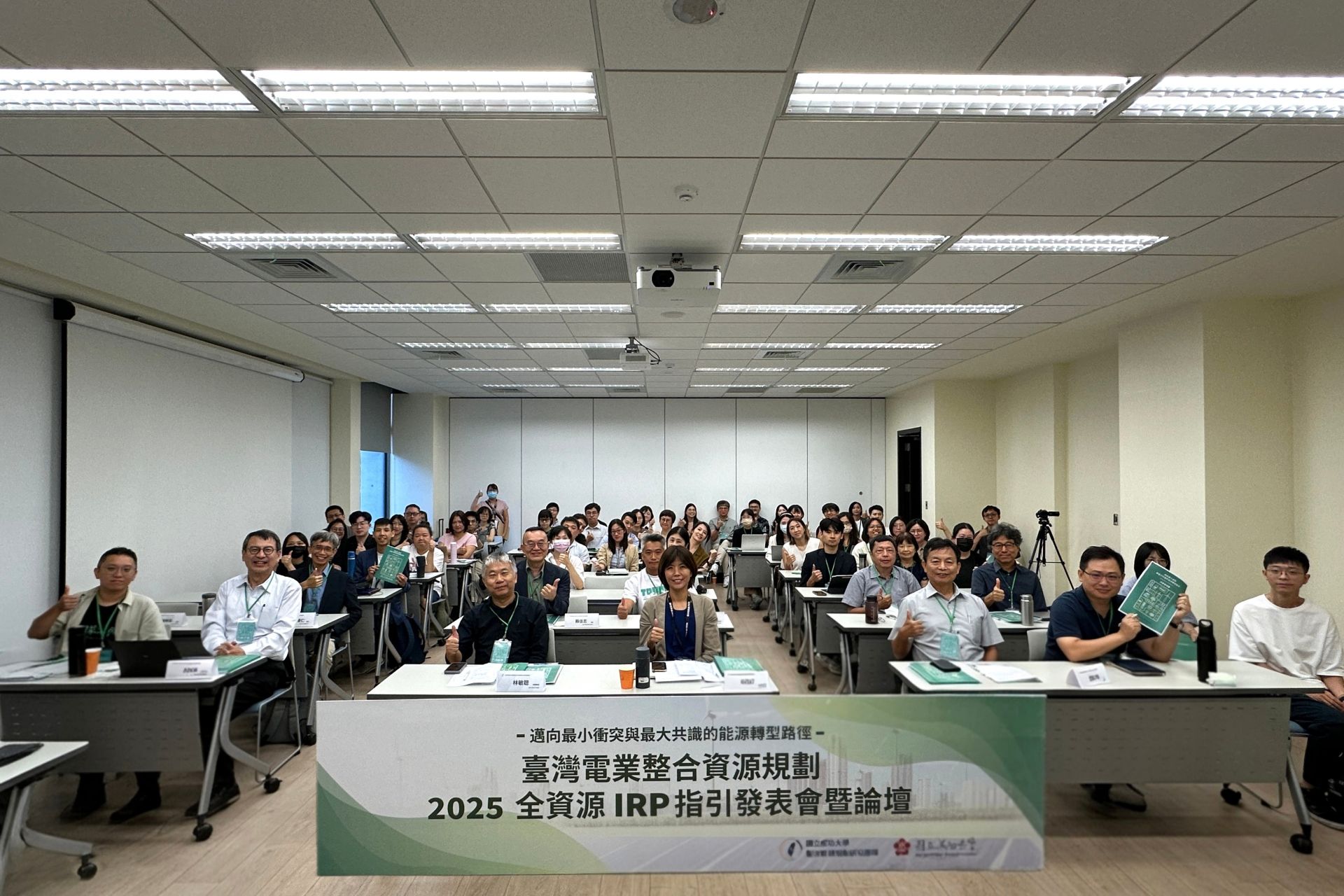
On September 19, NCKU released Taiwan’s first Integrated Resource Planning guidelines for the power sector, with experts and scholars exploring practical implementation of the technology.
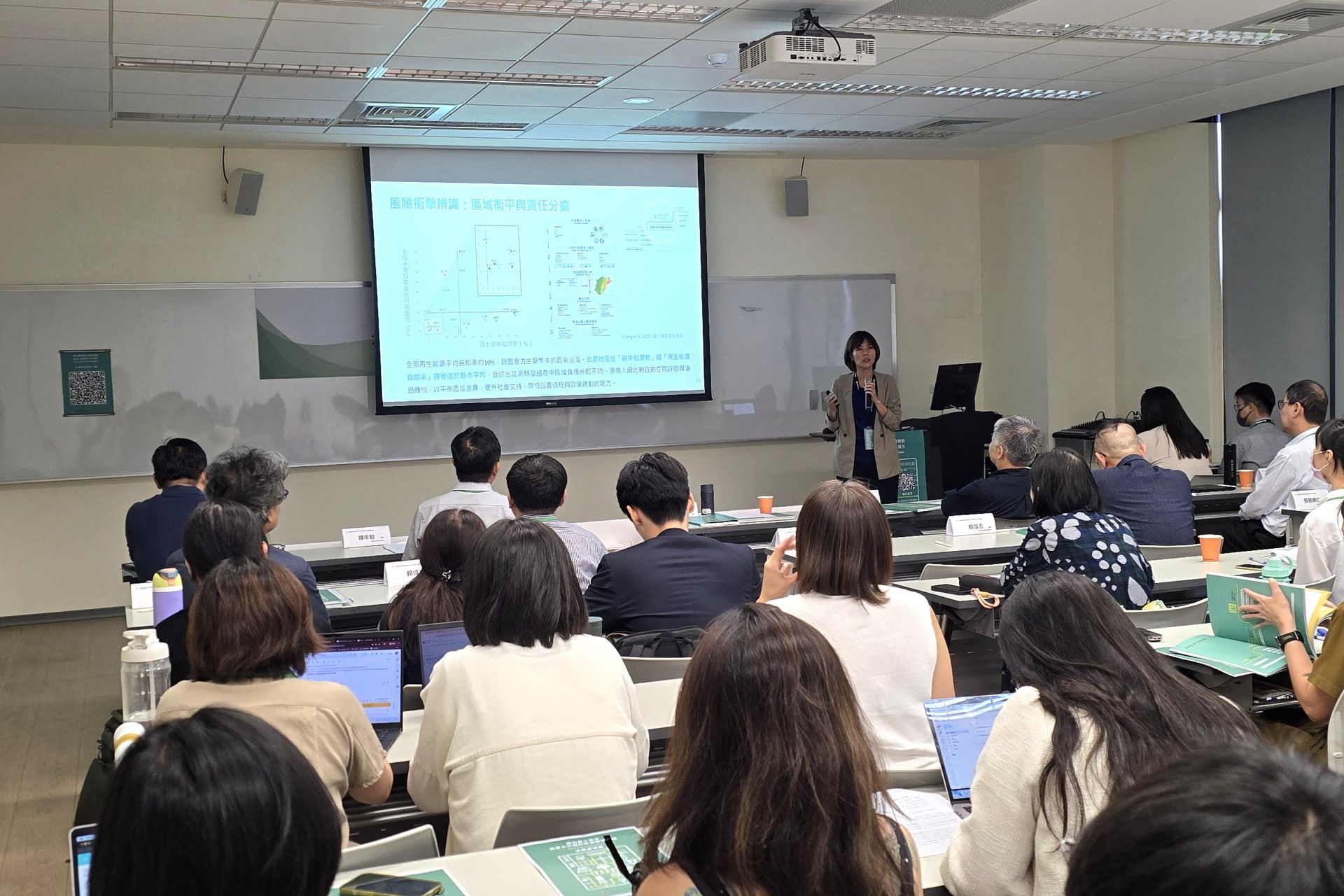
Professor Hsiao-Wen Wang shared the key insights and an overview of the Full-Resource IRP guidelines.

Participating experts exchanged insights and shared perspectives during the forum.
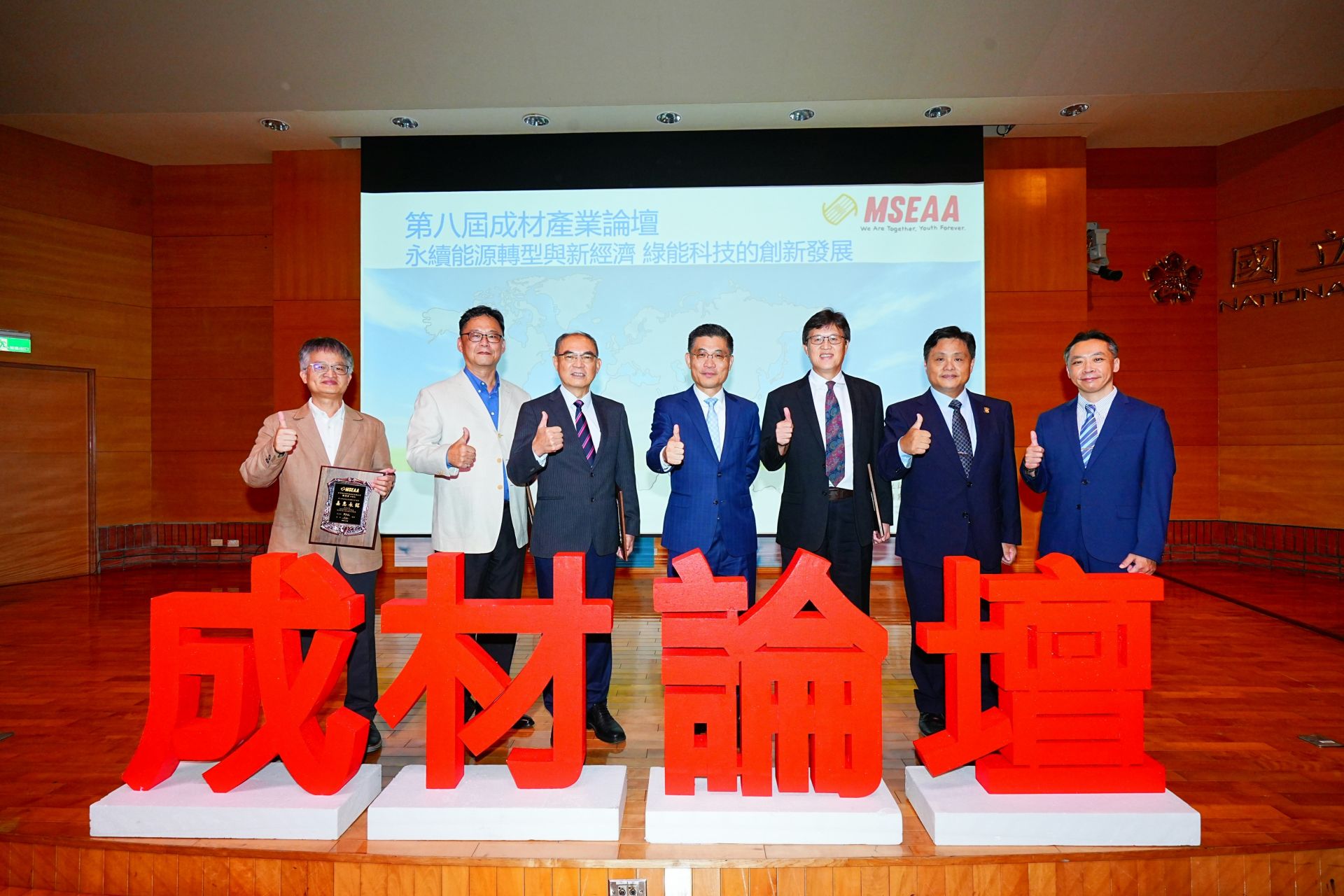
SDG72023 成材產業論壇 spotlights human existence in the environment, focusing on green energy tech and the new economy.
View more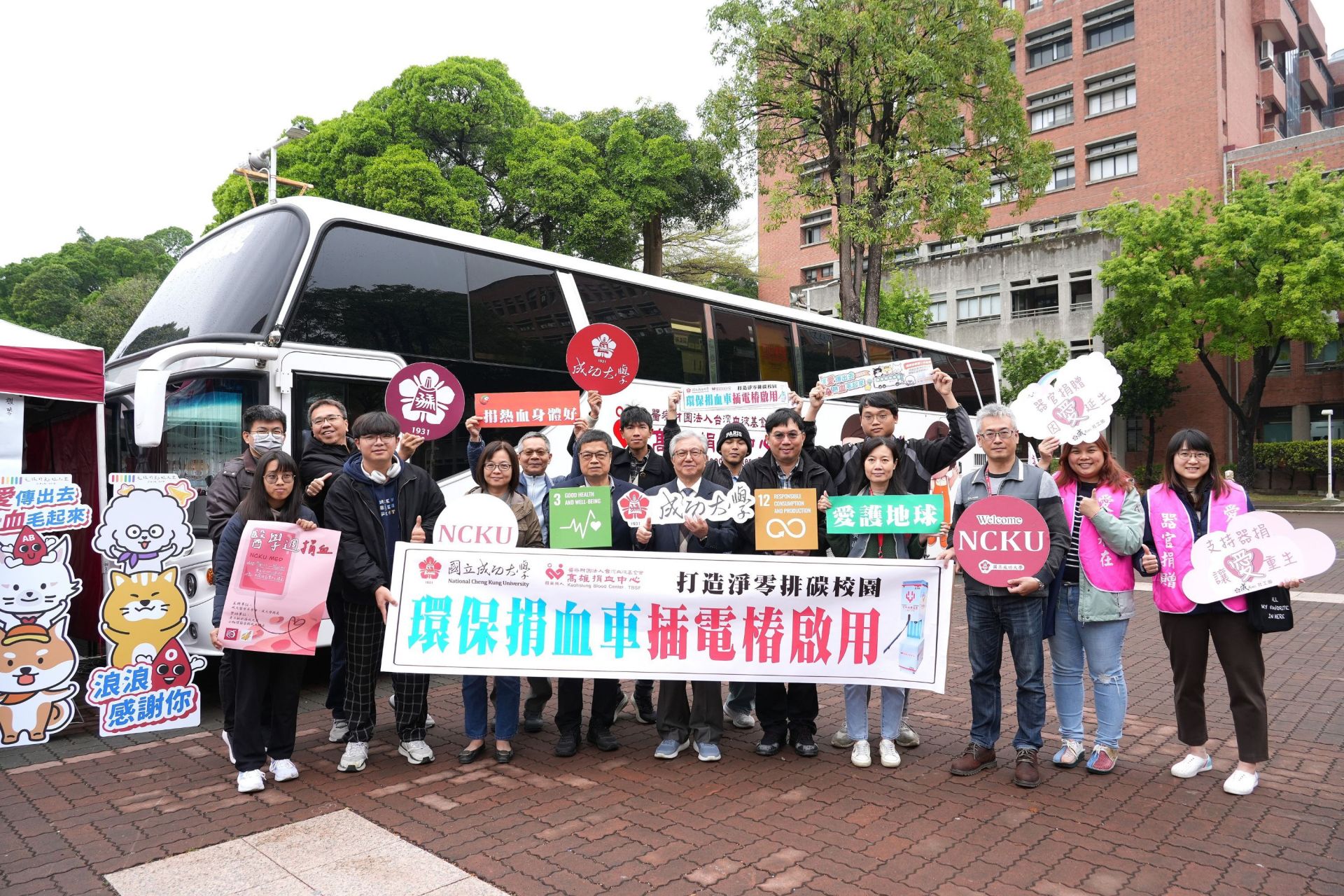
SDG7NCKU Launches EV Charging Station for Blood Donation Bus, Marking a Milestone in Public Welfare and Green Energy
View more